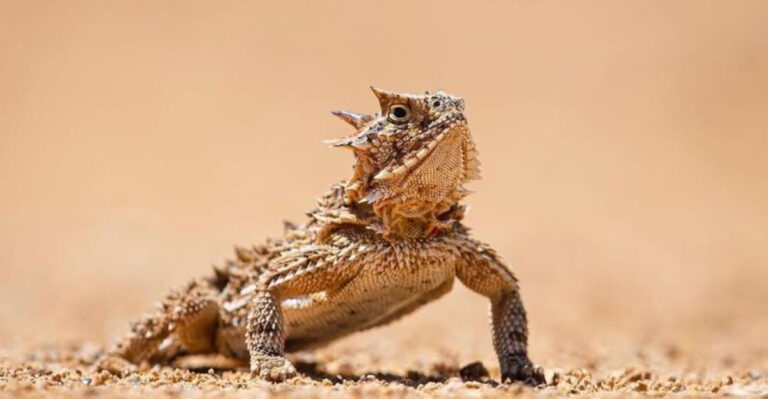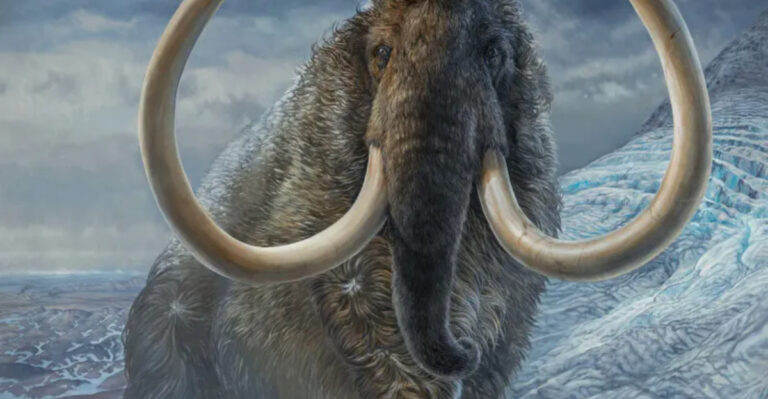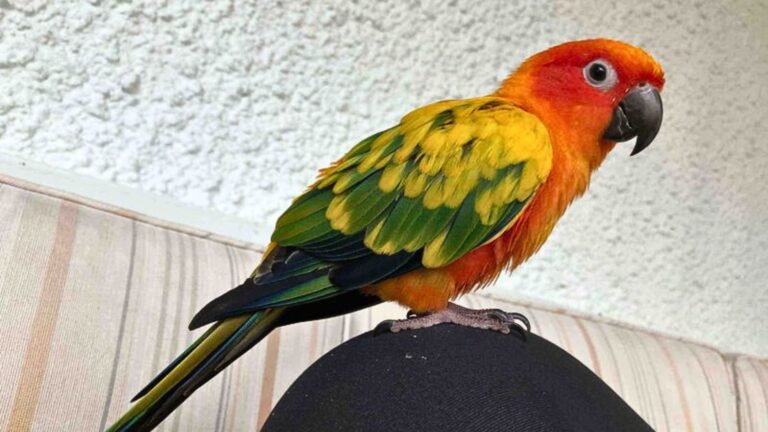13 Wild Creatures People Often Misunderstand And Why
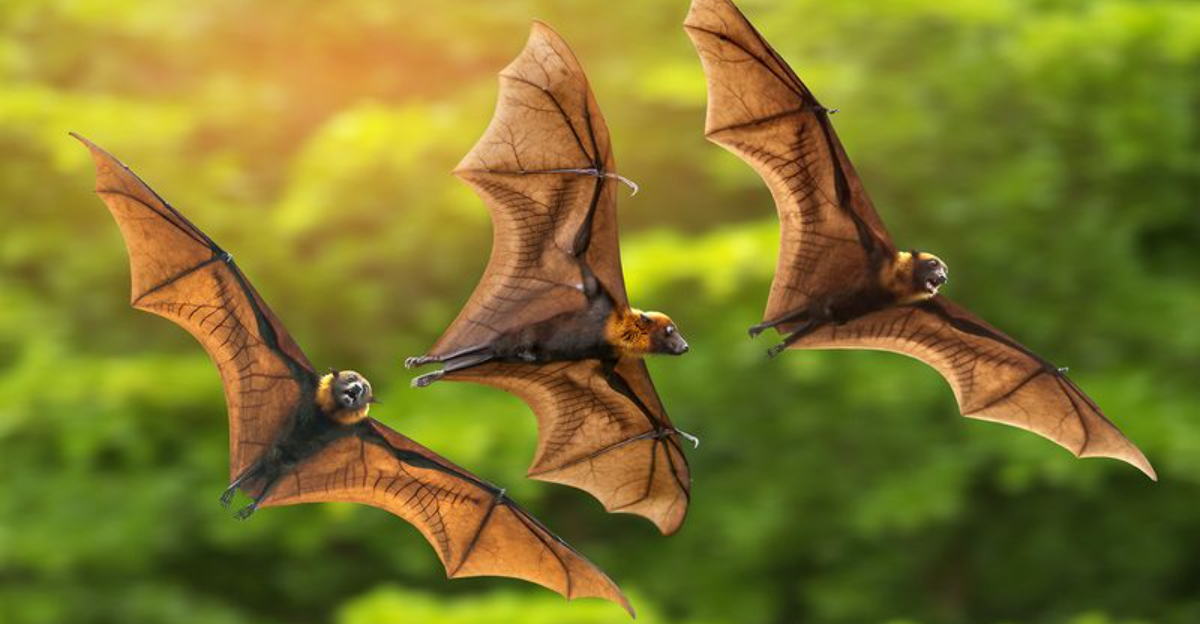
Ever watched someone shriek at the sight of a bat or recoil from a snake? Many wild creatures get a seriously bad rap based on myths, movies, or plain old misunderstandings.
The truth is, these animals play crucial roles in their ecosystems and rarely deserve their villainous reputations. Let’s bust some myths about these fascinating creatures we’ve been getting wrong all along.
1. Sharks

Forget what “Jaws” taught you! These ocean predators have little interest in humans as food. Most shark attacks happen because they mistake swimmers for seals or other prey.
Scientists have found sharks possess remarkable intelligence and complex social behaviors. They’re actually quite selective eaters, not the mindless chomping machines movies portray.
2. Bats
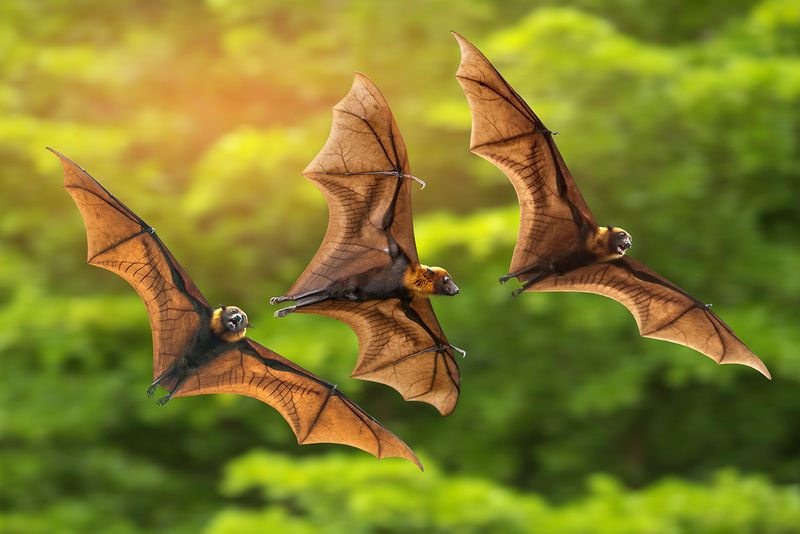
Contrary to spooky stories, these nocturnal flyers aren’t looking to tangle in your hair or suck your blood. Only three bat species out of 1,400+ drink blood, and they prefer livestock, not humans!
A single bat can devour up to 1,200 mosquitoes in just one hour. Without their nightly patrols, we’d be overrun with insects that damage crops and spread disease.
3. Vultures
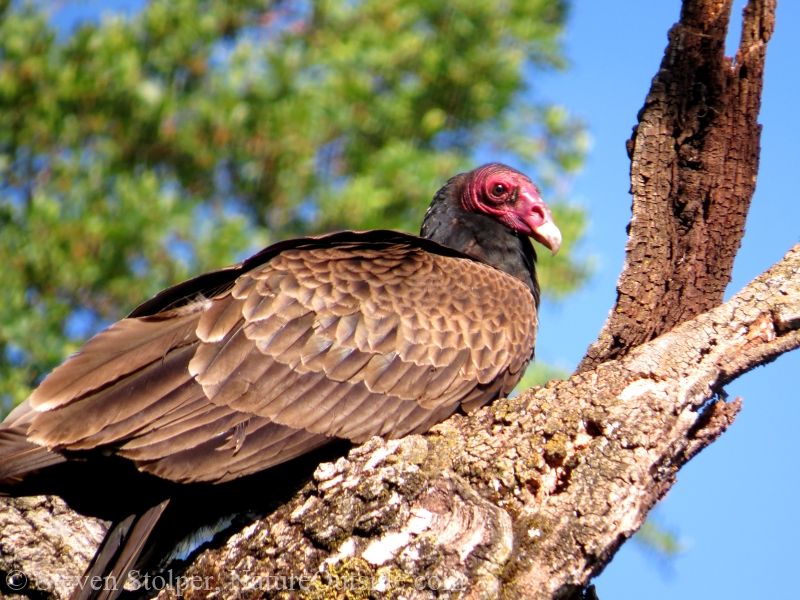
Those circling birds don’t bring death – they clean up after it! Vultures possess incredible immune systems that allow them to consume rotting carcasses without getting sick.
Their stomach acid is so powerful it can dissolve anthrax spores and botulism toxins. By removing dead animals from the landscape, vultures prevent the spread of diseases that would otherwise threaten livestock, wildlife, and even people.
4. Hyenas
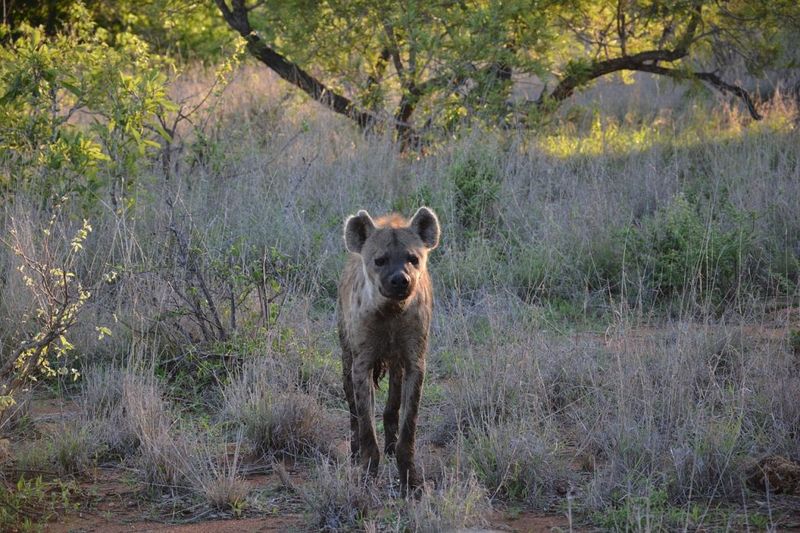
Laugh all you want, but hyenas are no joke in the brains department. Far from being simple scavengers, spotted hyenas hunt 95% of their food and have complex matriarchal societies led by alpha females.
Their problem-solving abilities rival those of great apes in scientific tests. Cubs inherit social rank from their mothers and learn hunting techniques through observation, showing remarkable social learning capacities.
5. Opossums
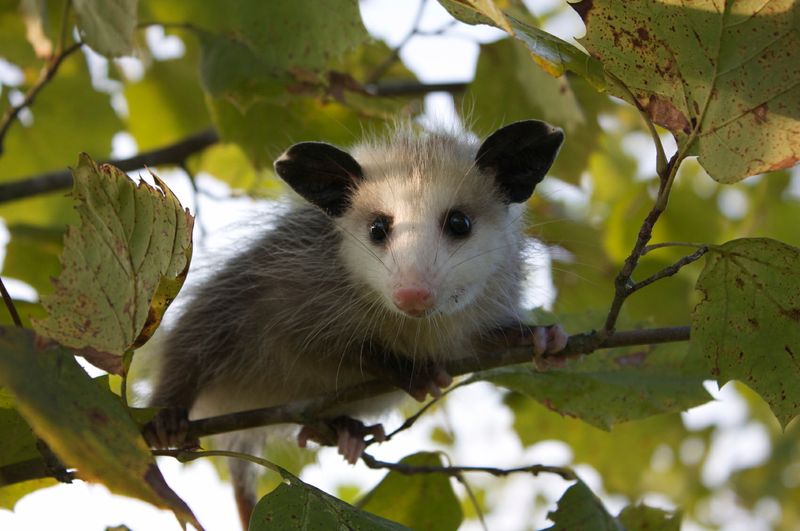
Playing dead isn’t just a cute trick – it’s an involuntary response triggered by extreme fear in these misunderstood marsupials. Their frozen state can last for hours, complete with drooling and a foul smell that convinces predators they’re already rotting.
A single opossum can devour 5,000 ticks in one season, helping control Lyme disease. Their naturally low body temperature also makes them resistant to rabies!
6. Wolves
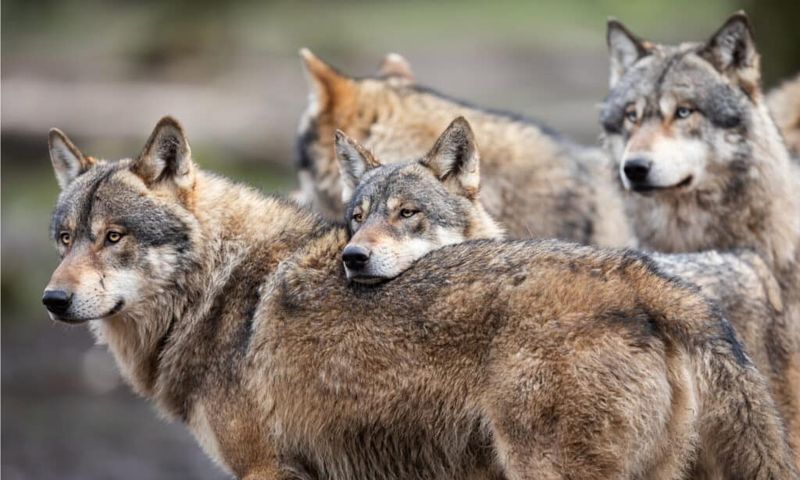
Fairy tales painted them as big bad villains, but wolf packs function as tight-knit families with sophisticated communication systems. They’re not constantly hunting humans – they typically avoid us entirely.
Wolf reintroduction in Yellowstone sparked a trophic cascade that transformed the entire ecosystem. By controlling elk populations, wolves allowed vegetation to recover, which stabilized riverbanks and brought back beavers, songbirds, and other wildlife.
7. Spiders

Sure, their multiple eyes and legs give some folks the creeps, but spiders deserve our thanks! The world’s spider population consumes between 400-800 million tons of insects annually – more mass than the weight of all human adults on Earth.
Without these eight-legged allies, we’d be overwhelmed by flies, mosquitoes, and agricultural pests. Most spider species can’t even pierce human skin with their fangs, making them harmless housemates.
8. Snakes

Behind those unblinking eyes lies an animal more afraid of you than you are of it. Snakes typically strike humans only when cornered or surprised, preferring to slither away from confrontation.
A single rat snake can consume 100 rodents annually, providing free pest control. Their venom has led to groundbreaking medications, including treatments for high blood pressure, heart attacks, and even certain types of cancer.
9. Coyotes
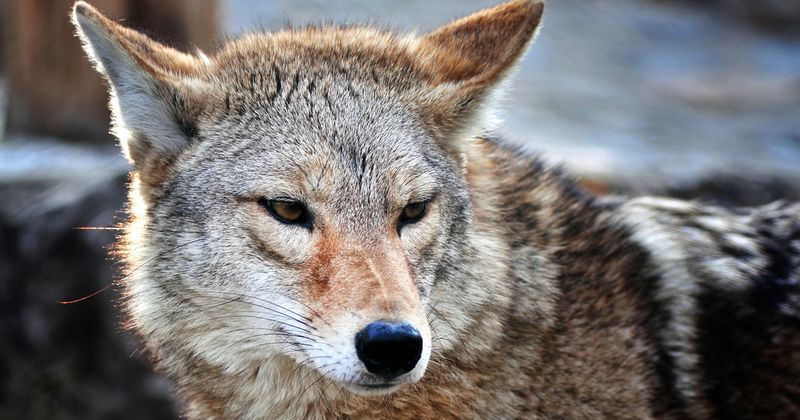
Wily doesn’t begin to describe these remarkable canids who’ve managed to expand their range despite human persecution. Studies show coyotes in urban environments actively avoid human contact, primarily hunting rodents and rabbits rather than pets.
Their flexible social structure allows them to hunt alone or in small family groups. By controlling rodent populations, coyotes help limit the spread of Lyme disease and other tick-borne illnesses.
10. Tarantulas
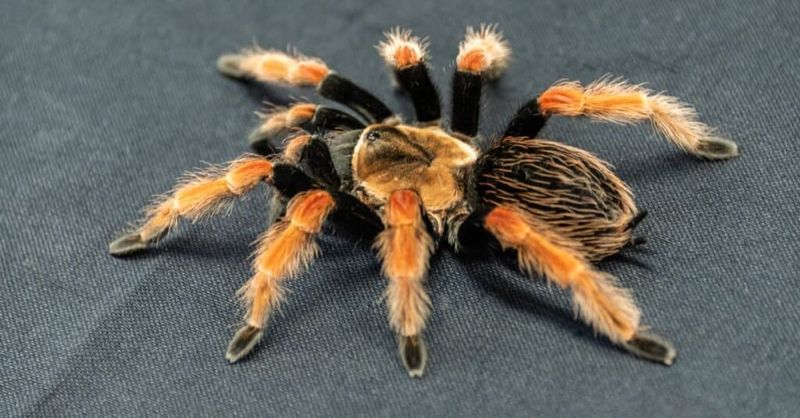
Hollywood horror aside, these fuzzy spiders rarely bite humans unless severely provoked. Their venom is typically no worse than a bee sting for most people.
Female tarantulas can live up to 30 years in the wild! Their deliberate movements and curious nature make them popular pets. When threatened, New World species flick irritating hairs from their abdomens rather than biting – a defense mechanism that shows they’d rather deter than harm.
11. Raccoons
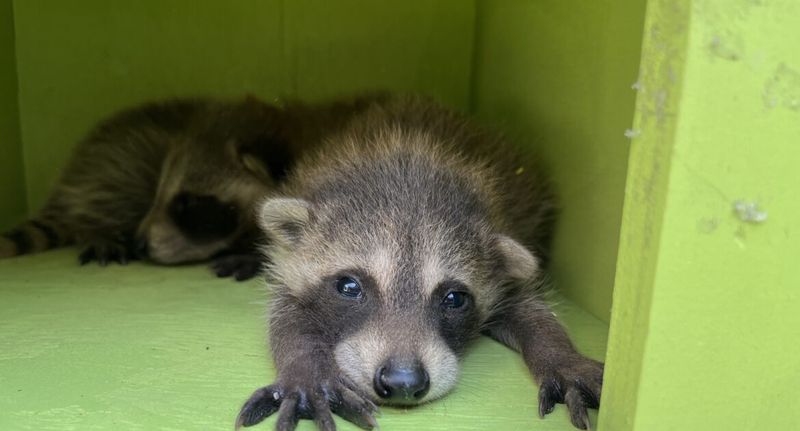
Those nimble paws aren’t just for digging through trash – raccoons have remarkable dexterity and problem-solving abilities that rival primates. Their front paws contain four times more sensory receptors than their back paws, creating a kind of “touch vision.”
Studies show raccoons can remember solutions to tasks for up to three years! Their adaptability has allowed them to thrive in urban environments where other wildlife struggles.
12. Alligators
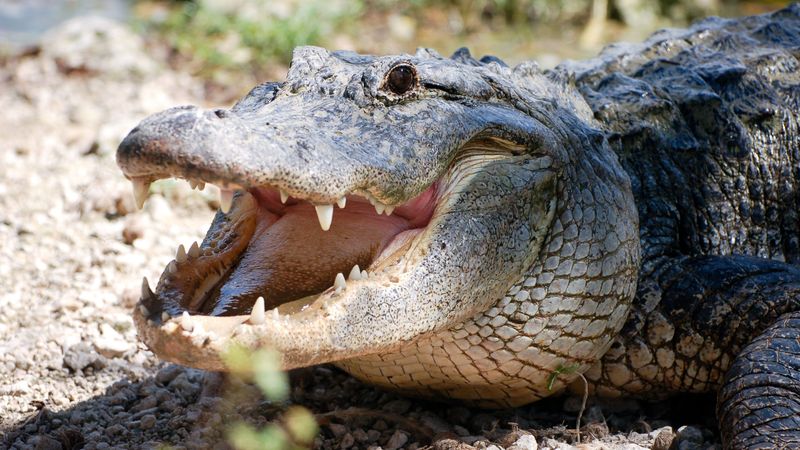
Far from being cold-blooded killers in every sense, alligator mothers show remarkable parental care. They build elaborate nests, gently carry hatchlings in their mouths to water, and protect their young for up to two years.
Alligators have existed for over 150 million years, barely changing because their design works so well. Their territorial nature actually helps maintain wetland ecosystems by creating “gator holes” that provide habitat for fish and birds during droughts.
13. Foxes

Beyond their starring role in fables as tricksters, foxes possess genuine intelligence that helps them thrive from Arctic tundra to urban parks. Their characteristic “mousing leap” – where they pounce precisely on prey beneath snow using Earth’s magnetic field – showcases their remarkable hunting precision.
Red foxes can hear rodents underground and detect them from nearly 40 yards away! They’re among the few wild animals that play throughout adulthood, showing their cognitive flexibility.




